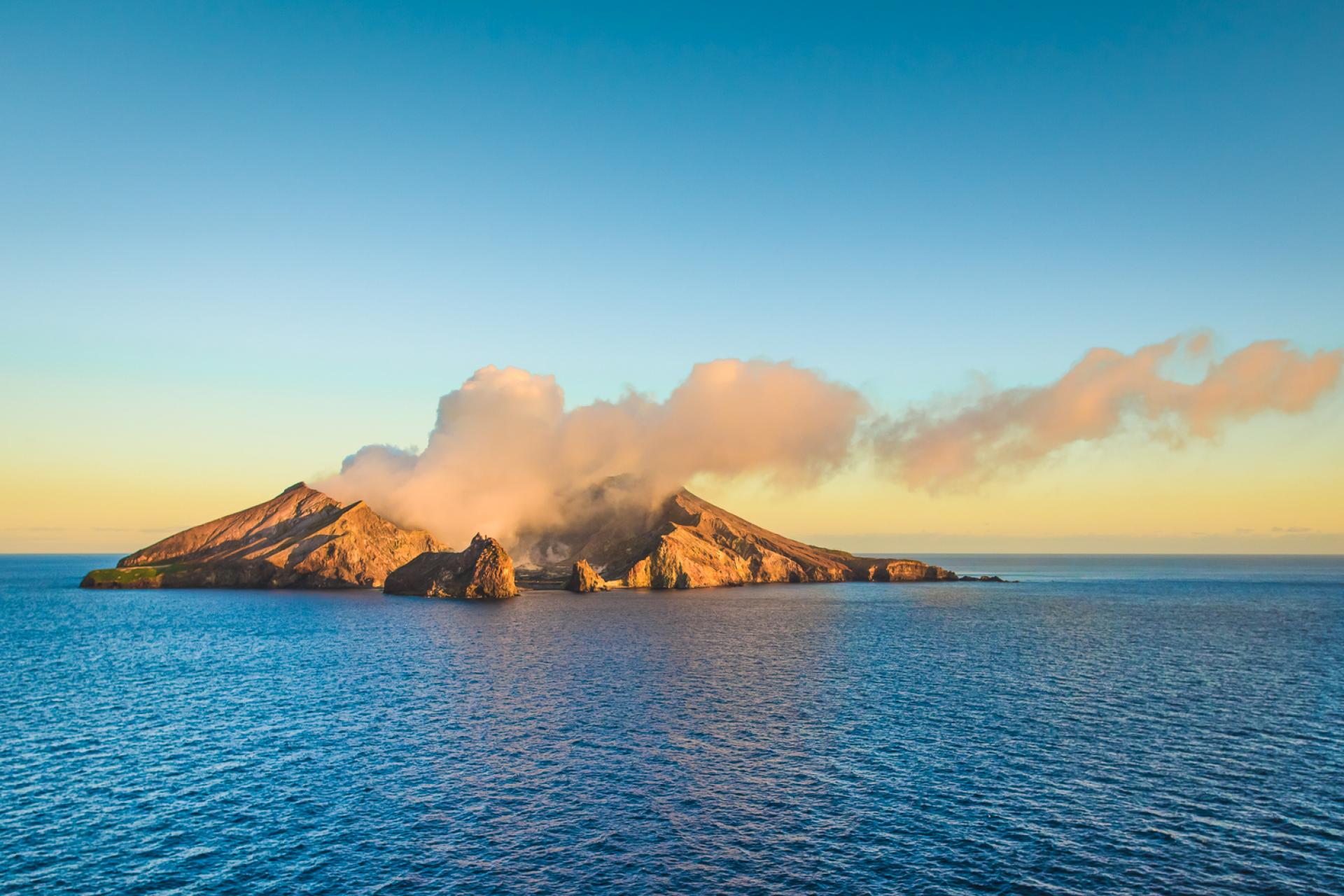
Confident that their models could accurately model current events, they then ran simulations for the future. The researchers used the data they collected from the event to validate their coastal and groundwater models. Groundwater levels subsequently rose by almost one metre as salty water soaked into the ground, contaminating the freshwater.

RCP8.5 is a scenario of “comparatively high greenhouse gas emissions“ brought about by rapid population growth,… Read Moreĭuring the flooding event in March 2014, waves of more than six metres coincided with spring high tides, causing seawater to overtop the beach in northern parts of the island and wash inland. RCP8.5: The RCPs (Representative Concentration Pathways) are scenarios of future concentrations of greenhouse gases and other forcings. “If sea level rises, there will be larger waves, greater run-up, more overwash, and coastal flooding.” Lead author Dr Curt Storlazzi, a research geologist and oceanographer at the US Geological Survey, sums the process up in a pithy sentence: how high the swash of a wave reaches up the beach – and a greater risk of “overwash” of water over the top of the beach. Larger waves means a bigger wave “run-up” – i.e. Higher sea levels allow larger waves to travel across the reef towards the shore. The diagrams below illustrate how sea level rise and large waves together increase the risk of flooding, for current (top) and future (bottom) sea levels. It was no surprise, therefore, that small island states were determined to enshrine the 1.5C warming limit in the Paris Agreement.īut as the new Science Advances study explores, rising sea levels carry another menace – they allow high waves to reach further up – and potentially over – shorelines.Īt particular risk are low-lying atolls – tiny tropical islands formed from coral reefs – which can be just a couple of metres above sea level. Their long-term survival hinges on how effectively climate change is mitigated and sea level rise is curbed. Rising seasįor the world’s small island nations, the threat of rising seas looms large.

This is partly down to the sea level rise scenarios used, but also because many other atolls still support residents without usable groundwater. However, the study may be giving an overly-pessimistic outlook, other scientists tell Carbon Brief. The study focuses on one atoll of the Marshall Islands, but the warning also applies to other populated atolls in the Pacific and Indian oceans, the researchers say – including those in the Cook Islands, Maldives, Seychelles and Hawai’i. Low-lying coral islands across the tropical oceans could become “uninhabitable” in the coming decades because of the combined impacts of sea level rise and large waves, a new study suggests.Įarlier research, based on sea level rise alone, suggested this wouldn’t happen until at least the end of this century.īut regular inundation from coastal flooding could push islands beyond a “tipping point” where groundwater resources cannot recover from infiltration by salty seawater, leaving residents with no drinkable water.


 0 kommentar(er)
0 kommentar(er)
